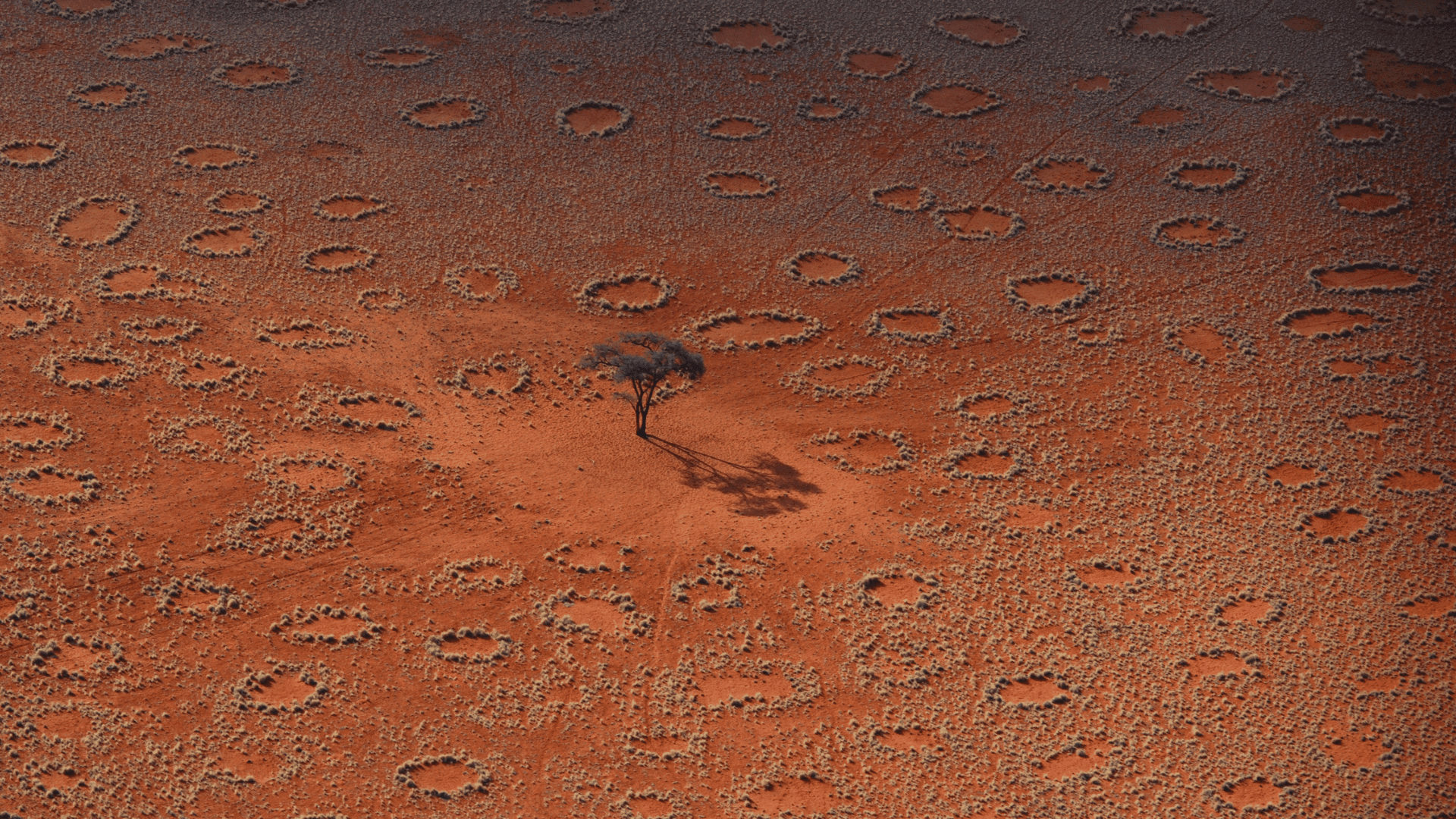Round discs of dirt known as “fairy circles” mysteriously appear like polka dots on the ground that can spread out for miles. The origins of this phenomenon has intrigued scientists for decades, with recent research indicating that they may be more widespread than previously thought.

Fairy circles have previously been sighted only in Southern Africa’s Namid Desert and the outback of Western Australia. A new study was recently published which used artificial intelligence to identify vegetation patterns resembling fairy circles in hundreds of new locations across 15 countries on 3 continents.
Published in the journal Proceedings of the National Academy of Sciences, the new survey analyzed datasets containing high-resolution satellite images of drylands and arid ecosystems with scant rainfall from around the world.
Examining the new findings may help scientists understand fairy circles and the origins of their formations on a global scale. The researchers searched for patterns resembling fairy circles using a neural network or a type of AI that processes information in a manner that’s similar to the human brain.
“The use of artificial intelligence based models on satellite imagery is the first time it has been done on a large scale to detect fairy-circle like patterns,” said lead study author Dr. Emilio Guirado, a data scientist with the Multidisciplinary Institute for Environmental Studies at the University of Alicante in Spain.

The scientists first trained the neural network to recognize fairy circles by inputting more than 15,000 satellite images taken over Nambia and Australia. Then they provided the AI dataset with satellite views of nearly 575,000 plots of land worldwide, each measuring approximately 2.5 acres.
The neural network scanned vegetation in those images and identified repeating circular patterns that resembled fairy circles, evaluating the circles’ shapes, sizes, locations, pattern densities, and distribution. The output was then reviewed by humans to double-check the work of the neural network.
“We had to manually discard some artificial and natural structures that were not fairy circles based on photo-interpretation and the context of the area,” Guirado explained.
The results of the study showed 263 dryland locations that contained circular patterns similar to the fairy circles in Namibia and Australia. The spots were located in Africa, Madagascar, Midwestern Asia, and both central and Southwest Australia.

The authors of the study also collected environmental data where the new circles were identified in hopes that this may indicate what causes them to form. They determined that fairy circle-like patterns were most likely to occur in dry, sandy soils that were high-alkaline and low in nitrogen. They also found that these patterns helped stabilize ecosystems, increasing an area’s resistance to disturbances such as extreme droughts and floods.
There are many different theories among experts regarding the creation of fairy circles. They may be caused by certain climate conditions, self-organization in plants, insect activity, etc. The authors of the new study are optimistic that the new findings will help unlock the mysteries of this unique phenomenon.
“We hope that the information we publish in the paper can provide scientists around the world with new areas of study that will solve new puzzles in the formation of fairy-circle patterns,” Guirado said.







